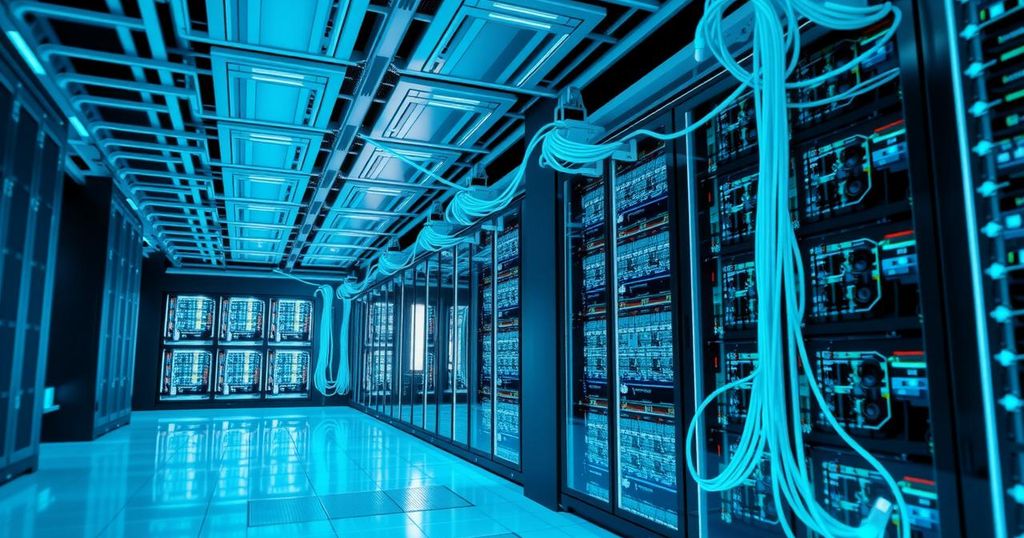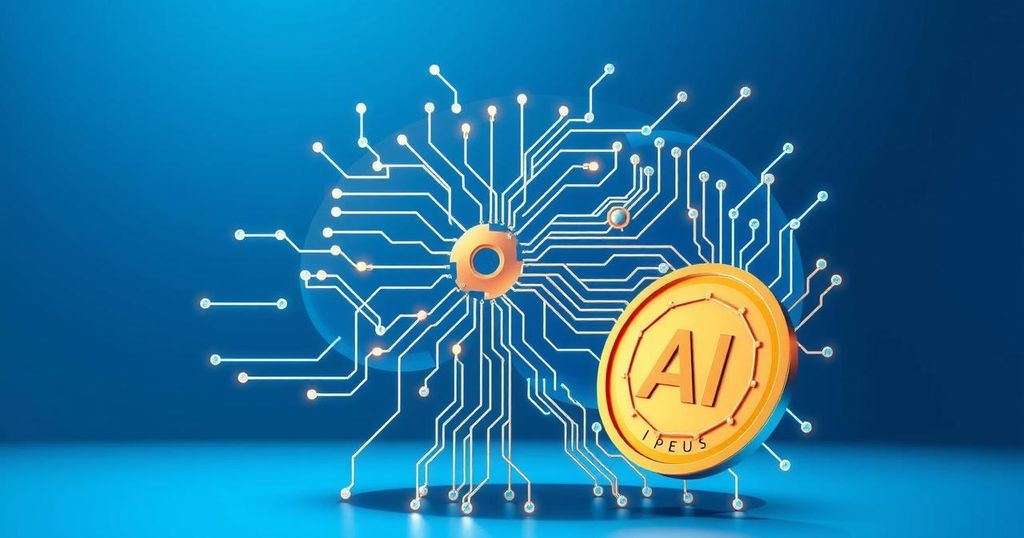The Next Challenge for Artificial Intelligence: Energy Efficiency
Artificial intelligence is rapidly transforming the economy but faces significant challenges in energy efficiency, as evidenced by Microsoft’s $1 billion contract for decarbonized power sources. The power consumed by AI hardware, such as Nvidia’s H100 chip, is alarming. However, advancements in chip architecture and hardware design, particularly with ARM chips and optical technologies, are poised to address these energy challenges.
The rapid surge of conversational agents like ChatGPT and DeepSeek has placed artificial intelligence at the forefront of technological evolution, reshaping the global economy and altering the balance of power, particularly between the USA and China. Yet, amid this exhilarating rush, an urgent challenge has arisen: energy efficiency. As the backbone of AI reaches monumental proportions, its energy needs are becoming increasingly daunting.
The evolving landscape of artificial intelligence faces significant challenges primarily related to energy consumption. While current technologies demonstrate tremendous potential, innovations like ARM-based chips and optical data transmission promise a more sustainable future for AI, emphasizing energy efficiency without compromising performance. As the industry pivots towards optimization, it raises the question of balancing power and sustainability in AI’s ongoing evolution.
Original Source: www.marketscreener.com




Post Comment